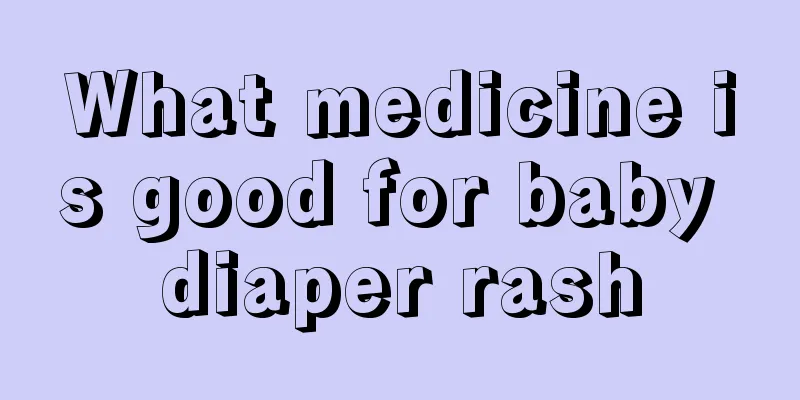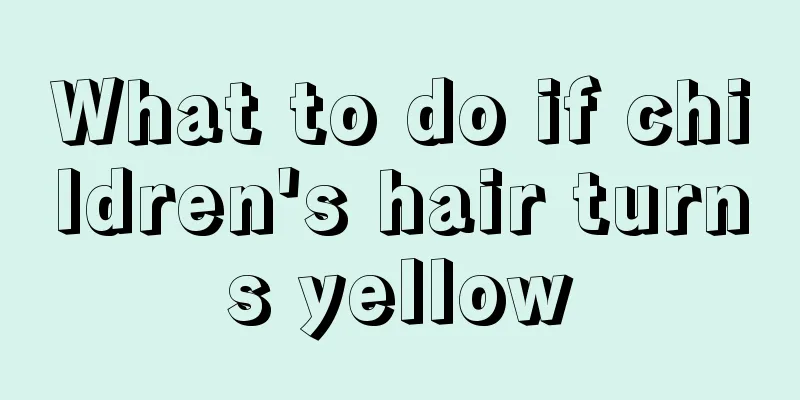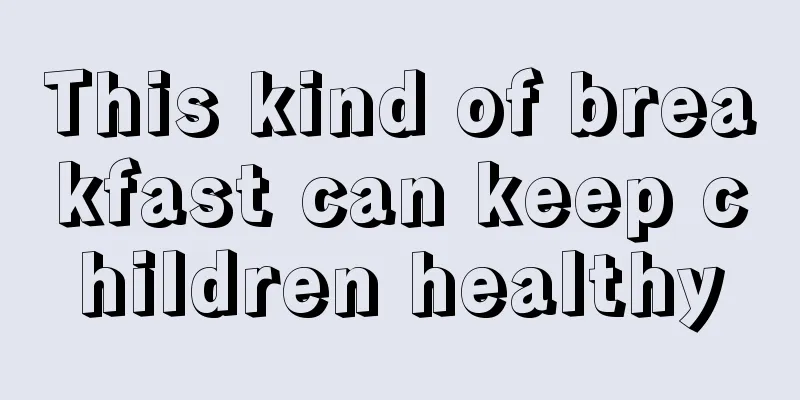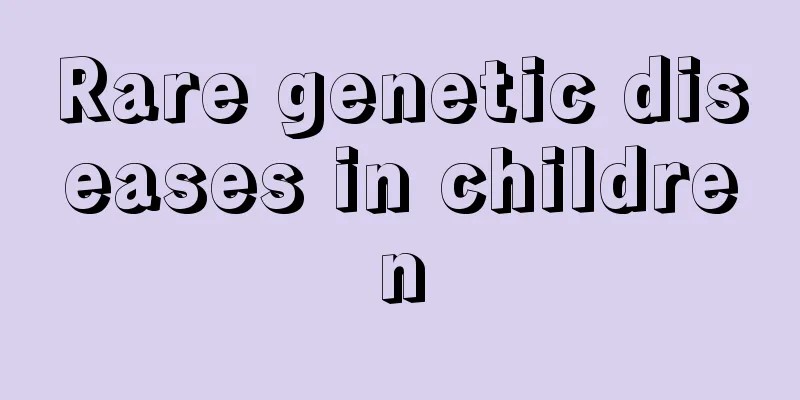Can children eat spirulina regularly?
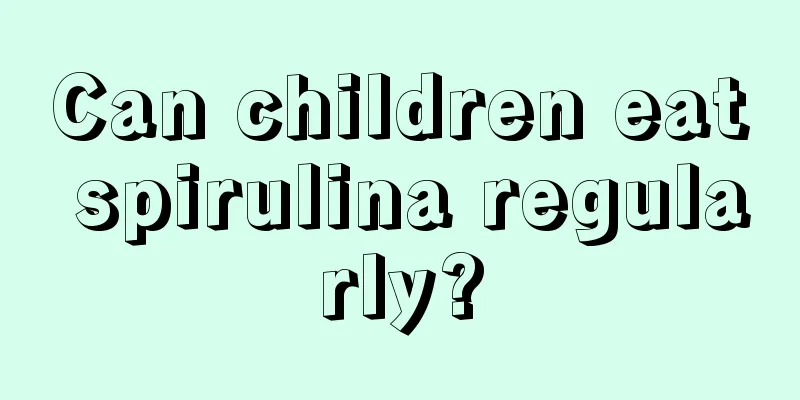
|
Everyone knows that spirulina has many benefits, such as: anti-aging, anti-hypoxia, anti-fatigue, anti-radiation, lowering blood lipids, lowering blood pressure, nourishing the liver and protecting the stomach, etc. Many people choose to eat spirulina, such as the elderly, pregnant women, teenagers and so on. So, did you know that children can eat spirulina? Is it harmful for children to eat spirulina? Let me introduce to you whether children can eat spirulina. Spirulina is a super alkaline food. It is rich in alkaline minerals (especially potassium and calcium), which can maintain the balance of acid-base values in the blood, lower cholesterol, and alleviate the symptoms of high blood pressure and heart disease or reduce their incidence. Effectively improve stomach disease symptoms and fight various diarrhea and constipation. Prevents and treats anemia: its carotenoid content is 1.5 times that of carrots, its vitamin B12 content is 4 times that of pork liver, and its iron content is 23 times that of spinach. It contains linoleic acid which cannot be synthesized by the human body, which helps fat metabolism, prevents thrombosis, effectively fights cardiovascular and cerebrovascular diseases, prevents fatty liver and cirrhosis, lowers blood sugar, and prevents diabetes. Prevent damage to kidney function caused by taking sedatives, antibiotics, anticancer drugs, etc. Reduce the toxicity of mercury and drugs to the kidneys and protect the human body from the poisoning of heavy metals. For children, spirulina is a very good nutritional supplement because children need naturally produced nutrients that are easily absorbed by children and excessive amounts will not accumulate in the body. Spirulina is a natural nutrient with balanced nutrients that do not require synthesis or decomposition. This is fundamentally different from synthetic vitamins or refined proteins. Furthermore, the cell wall of spirulina is original, thin and soft, and its digestion and absorption rate can reach over 83%. The United States, Mexico and other countries have added spirulina to children's food for many years, and the children have thrived without any side effects. The United Nations Industrial Development Organization commissioned Dr. Germncha Morro, a world-renowned toxicologist, to conduct extensive research on the safety of spirulina, and the results proved its absolute safety. For some children with poor resistance, taking spirulina can gradually improve their immunity. The frequency of colds and viral infections will decrease, their growth and development will be balanced, and their picky eating habits will slowly be overcome. After reading the above content, I believe everyone has understood that children can eat spirulina. Spirulina is a purely natural nutritious food with no special contraindications. But you can't eat too much at one time, otherwise it will cause bloating. Spirulina cannot completely replace vegetables and fruits. Also remember to give children fruits and vegetables in time. |
<<: Can children have scraping?
>>: What to do if your child stutters?
Recommend
How to deal with a child's high fever convulsion
High fever and convulsions in children are quite ...
What are the symptoms and treatment of gastroenteritis in children?
Gastroenteritis is an inflammation of the stomach...
What happens if a child has transparent blisters on his body?
Blisters are a symptom of a viral infection. If b...
What should I do if my child’s bronchitis cough doesn’t go away?
Bronchitis is usually accompanied by symptoms of ...
What are the methods to reduce fever in children?
When people have a fever, their bodies are very w...
What should I do if my baby's calf is red and swollen?
In real life, babies not only need to take care o...
What is the standard weight for a three-month-old baby?
At present, the most important thing in a family ...
What causes children to twitch before sleep?
When sleeping at night, many children will have c...
How to treat a child who walks with a crooked foot?
Normally, parents who observe their babies carefu...
What is Children's Iron Supplement Oral Solution?
We all know that children are very likely to suff...
How to treat bedwetting
The problem of bedwetting is quite common in life...
What are the reasons for white ringworm on children's faces in spring?
Spring is the season with the highest incidence o...
Baby has a fever and his lips turn purple
It is very common for babies to have a fever. Man...
My baby hasn't had a bowel movement for four days and keeps farting
We all know that babies are the future of every f...
Can children eat yam when they have a cough?
Yam is a food ingredient suitable for all ages. I...

